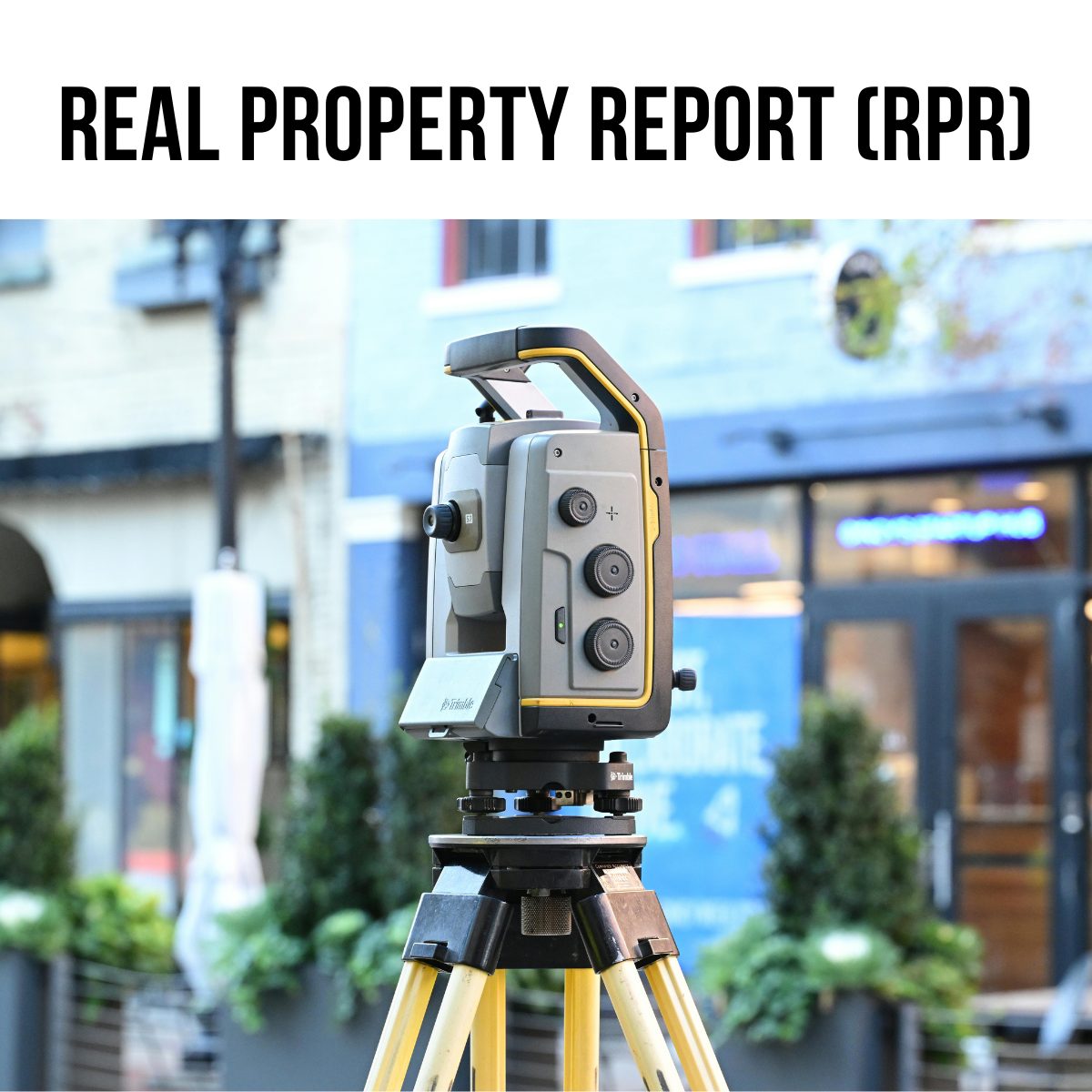The Importance of Investigating the Property Title Before Listing Your Home

When preparing to sell your home, one of the first tasks your real estate professional will undertake is reviewing the property title. The title is a critical document that establishes your legal ownership of the property and confirms your authority to sell it. Here’s what you need to know about this essential step.
What is a Property Title?
A property title is your legal claim to the property. It includes:
- Ownership Information: Who owns the property and their authority to sell it.
- Legal Address: The official address of the property.
- Type of Ownership: Details of the ownership structure, such as sole ownership, joint tenancy, or tenancy-in-common.
- Encumbrances: Registered items like utility rights of way, caveats, easements, or liens. These can include unpaid taxes, condominium fees, or other interests registered by third parties.
Why It Matters
Understanding what’s on the title is crucial because any discrepancies or issues can delay or derail a sale. For example:
- A lien for unpaid property taxes must be resolved before the property can be transferred to a buyer.
- Utility rights of way or easements could affect the property’s use and appeal.
How Your Real Estate Professional Helps
A knowledgeable and organized REALTOR® will carefully review the title to identify any issues. If anything seems out of order, they’ll explain what it means and recommend professionals, such as lawyers or title insurance providers, to help clear up any complications before listing your home.
Taking the time to ensure the property title is accurate and free of complications not only makes the selling process smoother but also demonstrates professionalism to potential buyers.
Real Property Reports: Why They’re Crucial for a Successful Home Sale

When selling your home, having an updated Real Property Report (RPR) with a municipal stamp of compliance is more than a formality—it’s a necessity. Here’s why the RPR is so important and what you need to do to prepare yours for a sale.
What is a Real Property Report?
An RPR is a legal document that provides a detailed survey of your property. It includes:
- Property Boundaries: Confirms the exact dimensions of your property.
- Structures: Shows the location of buildings, fences, patios, and other structures.
- Encroachments: Identifies if anything, like a deck or fence, is outside your property boundaries.
- Utility Rights of Way: Marks any easements or rights of way that could affect the property’s use.
This document should also have a compliance stamp from your local municipality, verifying that the property meets local zoning and building regulations.
Why It’s Important
Without an up-to-date RPR, you could face significant delays or even jeopardize the sale of your home. The purchase contract typically requires the seller to provide an RPR with compliance, and not having one could lead to:
- Voided Sales: A buyer may walk away from the deal if the RPR isn’t ready.
- Withheld Funds: A buyer might hold back part of the payment until the RPR is completed and compliant.
Updating Your RPR
If you’ve made changes to your property—such as adding a deck, fence, or garage—you’ll need to update the RPR. In many cases, updating the original RPR is less expensive than commissioning a new one, provided the original survey company is still in business.
How Your REALTOR® Can Help
Your real estate professional will guide you through the process, ensuring you have the necessary documentation ready before listing your home. They may refer you to survey companies or legal professionals to expedite the process and ensure everything is in order.
The bottom line? An updated RPR with compliance is a small step that makes a big difference in ensuring a smooth and successful home sale. Prepare early to avoid unnecessary delays and complications.


 Facebook
Facebook
 X
X
 Pinterest
Pinterest
 Copy Link
Copy Link

